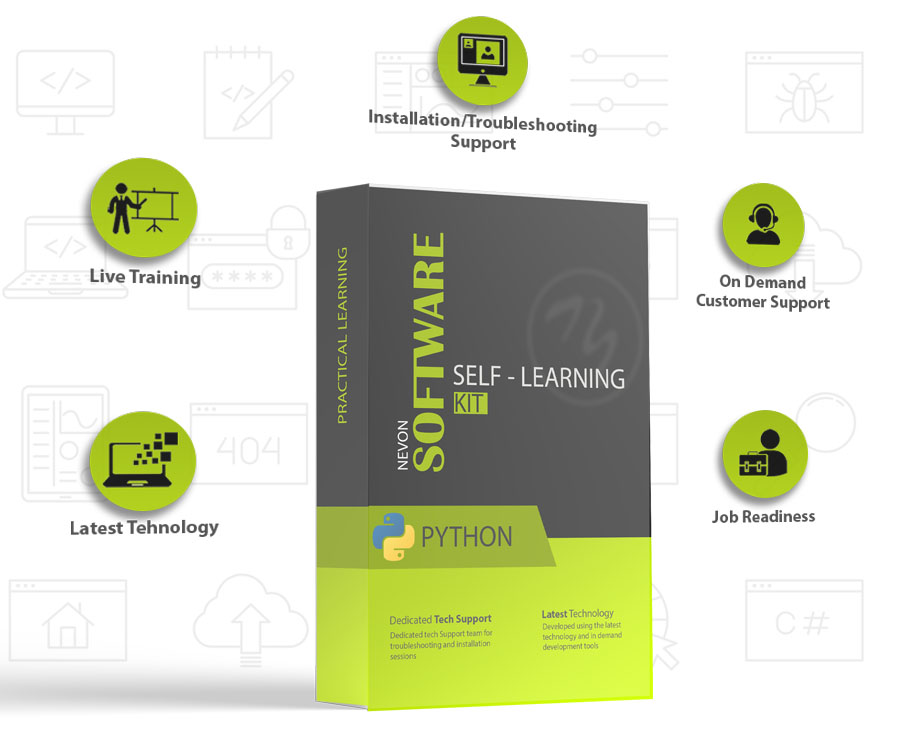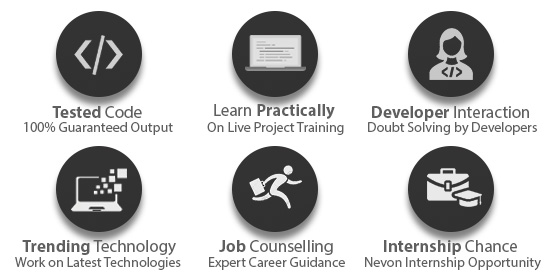Download Project Document/Synopsis
From a student’s perspective, placements can bring a wide range of benefits and opportunities. Training and management of placement is a crucial part of an educational institution in which most of the work is done manually. Manual system in colleges requires a lot of manpower and time. Manual Training and Placement which is done at various colleges is by human intervention due to which there is a maximum chance of errors. The major problem is searching and updating student data.
To address the above-mentioned problem, we have developed a College Placement System. Our system can help to resolve the issue of manual work that makes the process slow and other problems such as inconsistency and ambiguity in operations. The system intends to assist college faculties and recruiting companies in analyzing the placement process more efficiently.
The system comprises 3 modules: Students, Placement Department/Admin, and College Management.
The students would require to register first using their personal and academic details. They can log in using their email/username and password. They can view and update their profile and academic details. They can change their password if they want. The student can view both the ongoing as well as all the company recruitments along with the details and apply if they are eligible. They can view the list of the companies they applied to and check their status. They can also add and view off-campus jobs they have applied for and view their status. They can view the policy page.
The placement department admin can log in using their credentials. They can view both the ongoing as well as all the company recruitment lists along with their details on the Homepage. For placement, the admin can choose the course, branch and section. They can view the list and search for the students using the filter – by username/status (placed, etc). They can view the company and student details. They can update the status and upload the offer letter. The admin will have the access to add, update, delete and view the companies. They can enter the company details. They can add job descriptions, criteria, dates, eligibility, and more. For off-campus recruitment, the admin would require to choose the course, branch and section. They can view the list of students and search for a particular student using the filter – by username or status (placed, etc). They can add/view the off-campus applications along with the details of the status. They can view the statistics based on branches. They can view the graphical representation as students placed vs unplaced, students vs the number of jobs offered, companies and categories.
The college management admin can log in using their credentials. They can view both the ongoing as well as all the company recruitment list along with the details. They can view the students by choosing the course, branch and section. They can view the list and also search for a student by their username. They can view the student details as well. They can check the statistics based on the branch. They can view the graphical representation as students placed vs unplaced, students vs the number of jobs offered, companies and categories. They can view the off-campus application of the students who have been placed by choosing the course, branch and section. They can view the list of students and even search for a particular student using the username or status (places, etc). They can even check the policy page. They can log out anytime they want.
Note: There would be 3 categories – Mass, Core and Dream.
If you are placed in a higher category, you cannot apply for the lower one. Also, you cannot apply anywhere if you have been placed in 2 companies on campus.
The system’s front end involves HTML, CSS and JavaScript and the back end involves MySQL. The framework used is Django.
Advantages
- The system provides students with a platform to access various job opportunities easily.
- It enables students to apply for jobs in various industries.
- It provides an opportunity for colleges to connect with a large network of employers.
- It offers a simplified recruitment process.
- It saves time and resources.



